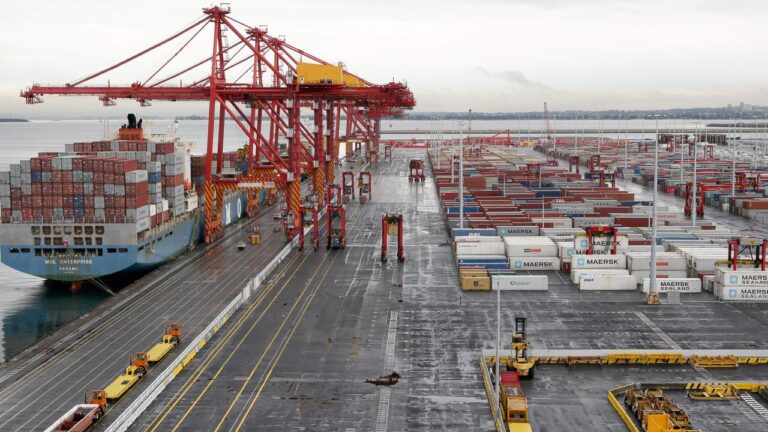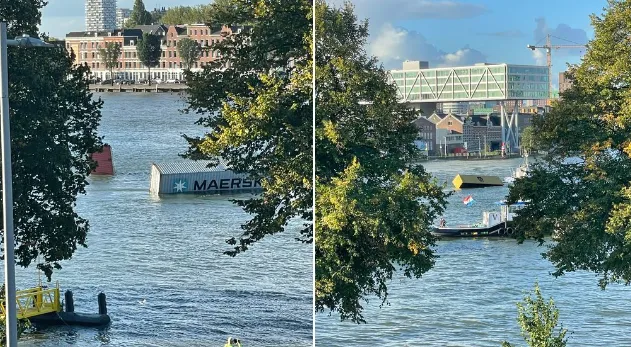Amazon’s Multiple Warehouses in the Western U.S. Facing Severe Overstock Issues

Countless sellers face challenges as multiple popular Amazon warehouses in the Western U.S. grapple with severe overstocking issues amid unforeseen events, including natural disasters, increased stockpiling, and staff reductions, further compounded by the aftermath of a fire at an overseas warehouse.
The highly anticipated Amazon Prime Day mega sale of 2024 is looming, yet unforeseen and unexpected events keep cropping up, causing headaches for countless sellers eagerly preparing for the event.
According to reports, several popular Amazon warehouses in the Western United States have been unable to operate normally since May. As knew that warehouses including GYR2, ORD2, IGQ2, ALB1, ONT8, and others have experienced severe overstocking, package refusal, and temporary closures, significantly impacting warehouse entry efficiency.
Analysis from industry insiders suggests that this is primarily due to a combination of adverse weather conditions, increased stockpiling, and Amazon’s staff reductions.
On one hand, the western United States has experienced rare natural disasters such as extreme heatwaves, droughts, heavy rainfalls, and floods, leading to power shortages in some areas and disruptions in logistics transportation. On the other hand, with Prime Day approaching, sellers have been ramping up their stocking efforts. However, due to limited warehouse capacity at Amazon, the influx of a large volume of goods has resulted in frequent occurrences of overstocking and warehouse closures. Additionally, Amazon’s staff reductions have led to cuts in certain logistics positions, exacerbating the already strained logistics transportation situation.
In addition to grappling with the challenge of overstocking, sellers also have to deal with the aftermath of a fire at an overseas warehouse. It’s reported that a major fire hit a logistics company’s British overseas warehouse. The fire occurred at the company’s Warehouse No. 5 in the UK, covering an area of nearly 30,000 square meters. Currently, all deliveries and shipments bound for this warehouse have been suspended.


Major freight companies globally have implemented widespread price increases, escalating transportation costs for cross-border sellers. Amazon’s imposition of return processing fees further compounds sellers’ operational challenges amidst rising international shipping costs, prompting the need for proactive measures such as optimizing logistics strategies and forming partnerships to enhance efficiency and mitigate expenses.
In recent times, major freight companies worldwide have initiated a wave of price hikes, collectively raising transportation costs and adding to the already significant logistical cost pressures faced by cross-border sellers. For instance, shipping giant CMA has announced that starting from May 15, 2024, they will increase the FAK (Freight All Kinds) rates for Asia to Northern Europe routes. The rates for 20FT will rise to $2700, while those for 40FT will increase to $5000. Additionally, peak season surcharges will also be applied.
Furthermore, MSC Mediterranean Shipping Company has announced a FAK rate increase for all Asian ports to Northern Europe routes before May 14, 2024; Hapag-Lloyd has declared a rise in FAK rates for Far East-Northern Europe and Mediterranean routes; HMM also intends to implement new GRI (General Rate Increase) rates for all routes from origin ports to the United States, Canada, and Mexico.
The tide of price increases in the freight industry continues to spread, causing operating costs for sellers to rise once again. The situation they find themselves in can indeed be described as being “surrounded on all sides.”
Recently, Amazon made a significant announcement, stating that starting from June 1st of this year, they will impose return processing fees on all items, excluding apparel and footwear, with high return rates across various categories. This will apply to items with return rates exceeding specific thresholds for each category. It’s worth noting that prior to this, Amazon had already introduced several fees such as inventory placement service fees, low-volume inventory fees, and inventory defect fees.
The rising cost of international shipping may indeed be an ongoing trend, and in the face of this difficult-to-reverse situation, sellers must take action. Regarding logistics, sellers need to actively explore more efficient and cost-effective shipping methods. This could involve establishing long-term partnerships with local logistics companies, utilizing logistics management systems for real-time tracking and monitoring of orders and inventory, ultimately enhancing logistics efficiency and service quality.






